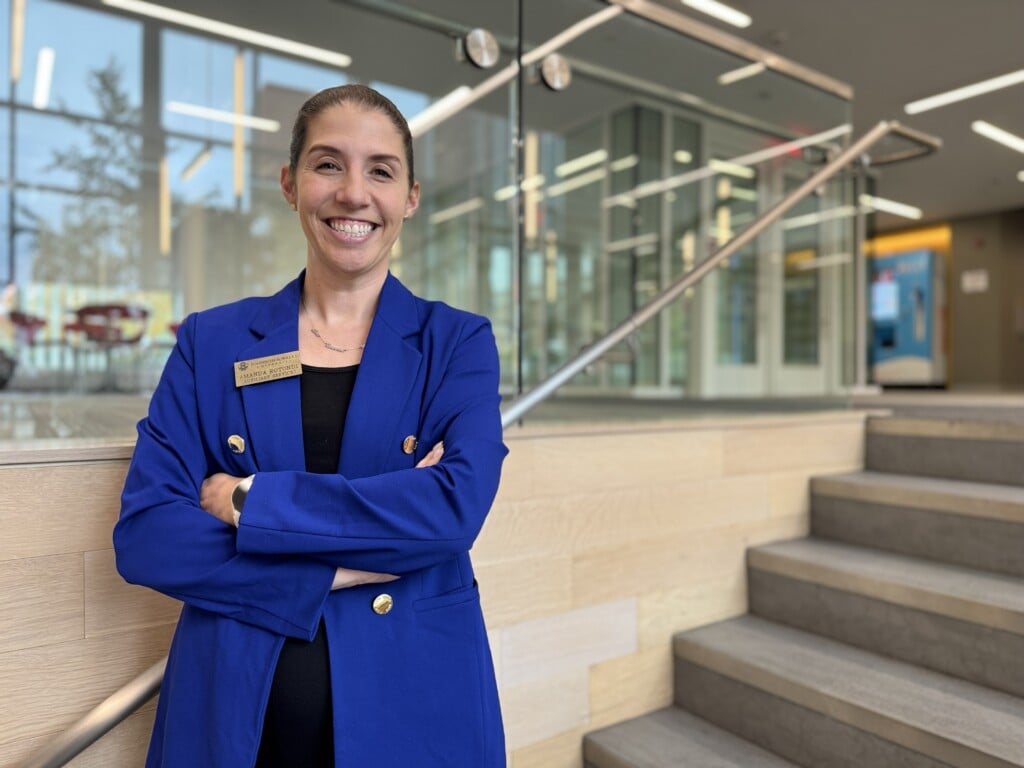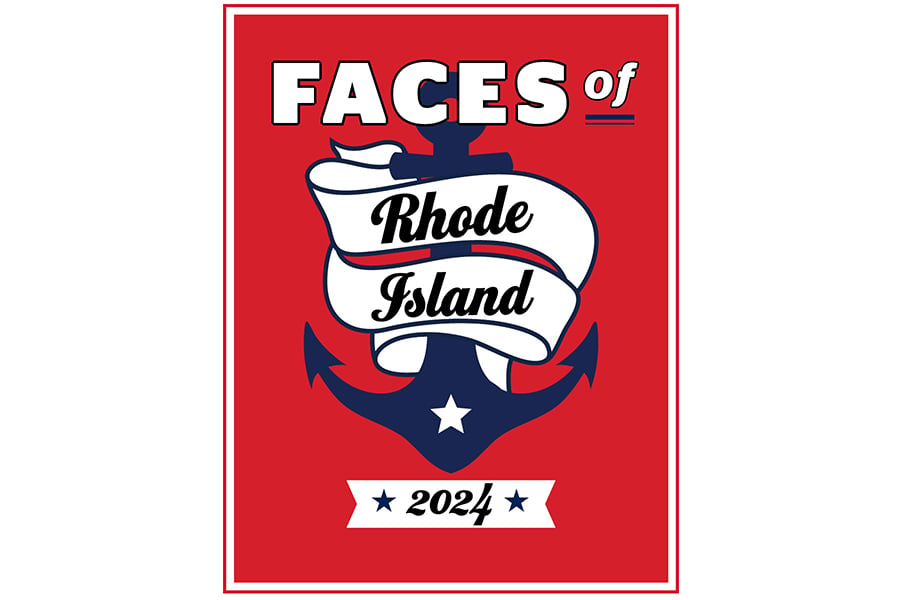Catch a Glimpse Into Newport’s Past at the “Gilded Age Newport in Color” Exhibit
The new exhibit opening at Rosecliff shares the history of Newport's African heritage families in the late nineteenth and early twentieth centuries.

This image from the Stokes Family Collection shows the Barclay family children photographed at Easton’s Beach Studio c. 1913.
Editor’s note: On Thursday, May 16, the Rhode Island Black Heritage Society and the Preservation Society of Newport County will present “Am I Not a Man and a Woman: The Rise of African Heritage Political Identity in Gilded Age Rhode Island” at 6 p.m. at Rosecliff and via Zoom. The lecture will feature Rhode Island Black Heritage Society scholars Theresa “Soni” Guzmán Stokes and Keith Stokes tracing the story of Newport’s African heritage community from the founding of the Free African Union Society in 1780 to the formation of Colored Women Clubs during the Gilded Age. It is the second of three lectures this spring presented by the Preservation Society in collaboration with the RIBHS. The lecture series will conclude on June 6 with “Eclectic and Independent: Black Self-Advocacy Strategies, 1870 to 1930” by Dr. Myra Armstead, the Lyford Paterson Edwards and Helen Gray Edwards Professor of Historical Studies at Bard College. For more information and to register, visit newportmansions.org.
Ever wonder what it was like to live among Newport’s costly mansions and cobblestone streets during the city’s most extravagant era?
The “Gilded Age Newport in Color” exhibit does exactly that, telling the story of Newport’s African heritage residents in the late nineteenth and early twentieth centuries through photographs, news clippings, clothing, furniture and other home items from the collections of the Rhode Island Black Heritage Society, the Preservation Society of Newport County and other organizations.
Learn about Lillian Susie Fitts Jeter, a writer who contributed to Ladies Home Journal, The Saturday Evening Post and McCall’s Magazine, among other publications. Or imagine the dulcet tones of Abbie Mitchell, a soprano opera singer who premiered the role of Clara in Porgy and Bess and made an appearance at Mrs. Cornelius Vanderbilt’s Newport Theatre Party in 1902. The exhibit recounts the lives and accomplishments of Newport’s earliest African heritage doctors, dentists, teachers, hospitality entrepreneurs and elected officials, all of whom were involved in the city’s life during the Gilded Age.
“The ‘Gilded Age Newport in Color’ exhibition explores an important chapter in American history when African heritage families could unite and promote their economic and social well-being through self-reliance, entrepreneurism, political advancement and cultural interchange,” says Theresa “Soni” Guzmán Stokes, executive director of the Rhode Island Black Heritage Society.
“Rhode Island’s Black Heritage Society has drawn from its over 9,000 linear feet of collections representing an African heritage experience that dramatically marks African heritage excellence. As best described by Booker T. Washington, America’s leading civil rights advocate of the Gilded Age, ‘Success always leaves footprints.’”
“We are proud to continue telling stories of the Gilded Age from different perspectives that give us a broader understanding of Newport during this important era,” says Trudy Coxe, chief executive officer of the Preservation Society of Newport County.
Last year, Rhode Island Monthly spoke with Keith Stokes — a historian, consultant and husband of Guzmán Stokes — for a story about Newport’s African heritage community in the June 2023 issue of the magazine. The couple traces their family history to prominent members of the Gilded Age community, many of whom are now featured in the Rosecliff exhibit. These include individuals like the Rev. Mahlon Van Horne, the first African heritage person to serve in the Rhode Island General Assembly, or his son, who worked as a dentist and founded the Newport branch of the National Association for the Advancement of Colored People.
Other residents made contributions in the fields of science, business and medicine. Mary H. Dickerson, a member of several women’s groups, owned a dressmaking shop on Bellevue Avenue and counted the city’s wealthy summer residents among her clients. Dr. Marcus F. Wheatland founded his practice in 1895 and was one of the first Newport doctors to use the x-ray machine. Dr. Harriet A. Rice studied medicine at the University of Michigan Medical School and the Women’s Medical College of New York but was forced to work abroad during World War I due to her gender and race.
Learn the details behind these and other stories at the “Gilded Age Newport in Color” exhibit through June 30. To learn more about the exhibit or purchase tickets, visit newportmansions.org.

This photo from the Newport Historical Society Collection shows the George T. Downing block, named for local hotel owner George T. Downing, c. 1905.
RELATED ARTICLES
Inside the Real Gilded Age of Newport
“A Matter of Truth” Dives Into Rhode Island’s History of Discrimination



























